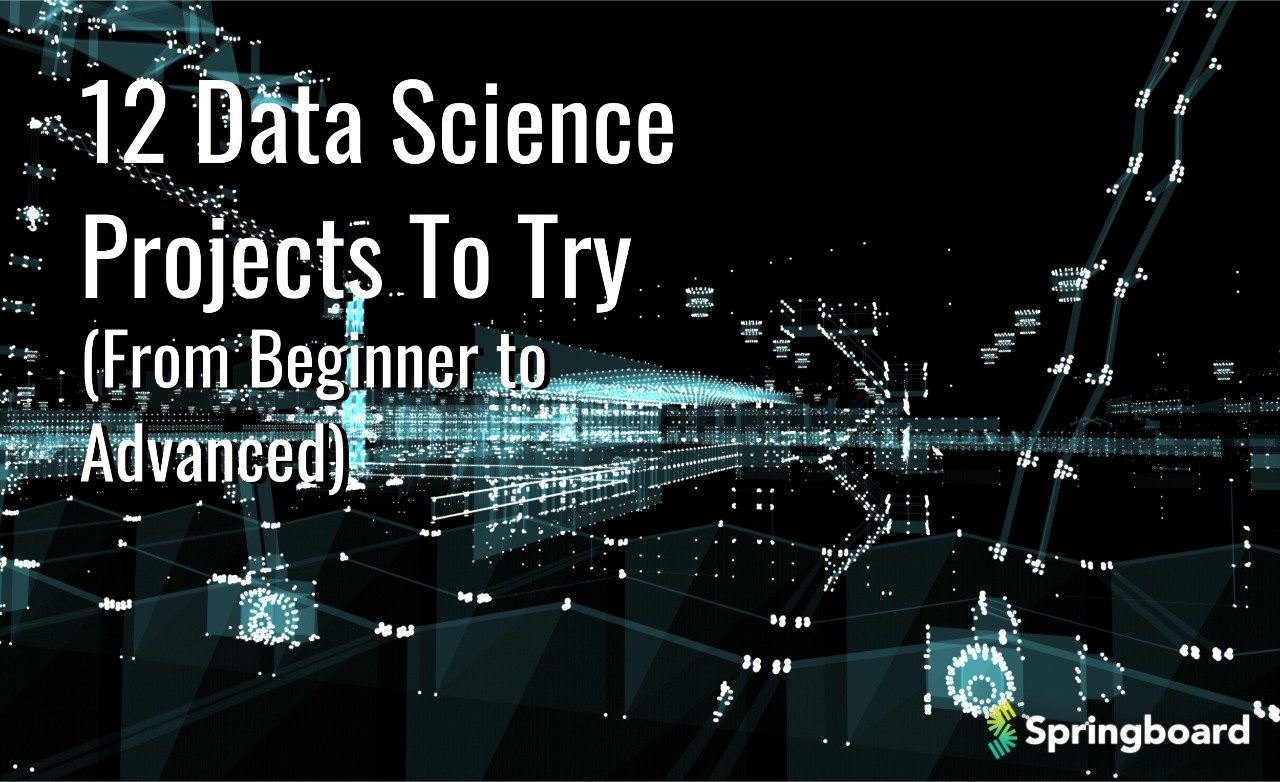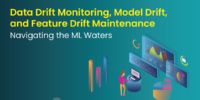Data science has emerged as a powerhouse in extracting valuable insights from vast datasets, driving informed decision-making across various industries. Engaging data science projects go beyond just processing data—they tell a story, uncover patterns, and provide actionable insights. In this article, we’ll explore quick tips to make your data science projects not only effective but also delightful.
1. Define Clear Objectives
Start your data science project by defining clear objectives. Understand the problem you’re solving and the insights you aim to gain. Whether it’s predicting customer behavior or optimizing business processes, having well-defined goals sets the foundation for a successful project.
2. Understand Your Data
Before diving into analysis, thoroughly understand your data. Explore its structure, identify missing values, and assess data quality. This step is crucial for making informed decisions about data cleaning, preprocessing, and feature engineering.
3. Choose the Right Tools and Technologies
Selecting the right tools and technologies is key to project success. Whether you’re using Python with libraries like Pandas and Scikit-Learn or leveraging cloud-based platforms, align your choices with project requirements. This ensures efficiency and scalability.
4. Exploratory Data Analysis (EDA)
Conduct thorough exploratory data analysis to uncover patterns, correlations, and outliers. Visualize your data using charts and graphs to gain insights quickly. EDA is not only informative but also sets the stage for subsequent modeling steps.
5. Feature Engineering for Impact
Invest time in feature engineering to create impactful variables for your models. This process involves transforming and creating new features from existing ones, enhancing the model’s ability to capture patterns in the data.
6. Model Selection and Evaluation
Choose models based on the nature of your problem—whether it’s classification, regression, or clustering. Evaluate model performance using appropriate metrics. Experiment with different algorithms and fine-tune hyperparameters for optimal results.
7. Explainability and Interpretability
Ensure that your models are not black boxes. Strive for model explainability and interpretability, especially when dealing with stakeholders who may not have a deep understanding of data science. Clearly communicate how the model arrives at its predictions.
8. Iterative Development
Data science projects benefit from an iterative development process. Continuously refine models, reassess objectives, and incorporate feedback. This approach allows for adaptation to changing requirements and ensures the project stays aligned with its goals.
9. Effective Data Visualization
Create compelling data visualizations to communicate your findings. Whether it’s dashboards, charts, or interactive visualizations, presenting data in a visually appealing manner enhances understanding and engagement.
10. Document Your Process
Documenting your data science process is essential for reproducibility and knowledge sharing. Maintain clear documentation on data sources, preprocessing steps, modeling techniques, and results. This practice facilitates collaboration and future improvements.
Conclusion: Crafting Data Stories with Impact
Data science projects, when executed with precision and creativity, have the power to uncover hidden insights and drive innovation. By following these quick tips, you can elevate your data science projects from routine analyses to engaging data stories that captivate stakeholders and deliver meaningful results. Embrace the journey of transforming data into actionable intelligence, creating a delightful experience for both analysts and decision-makers. ✨








